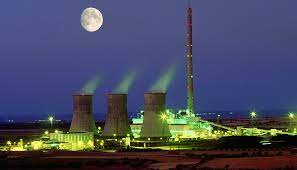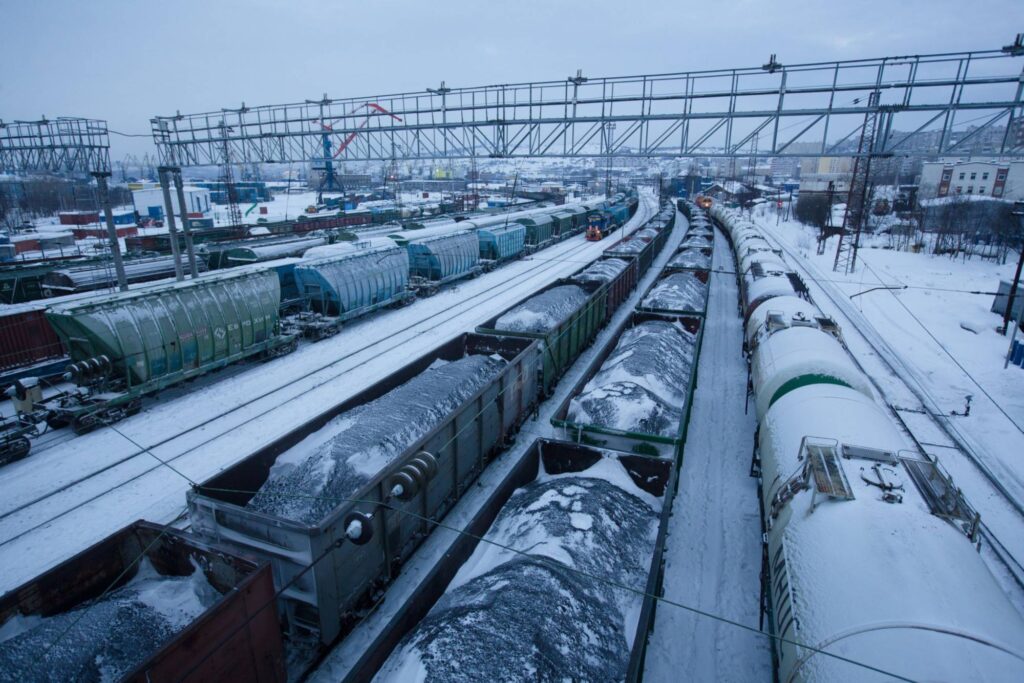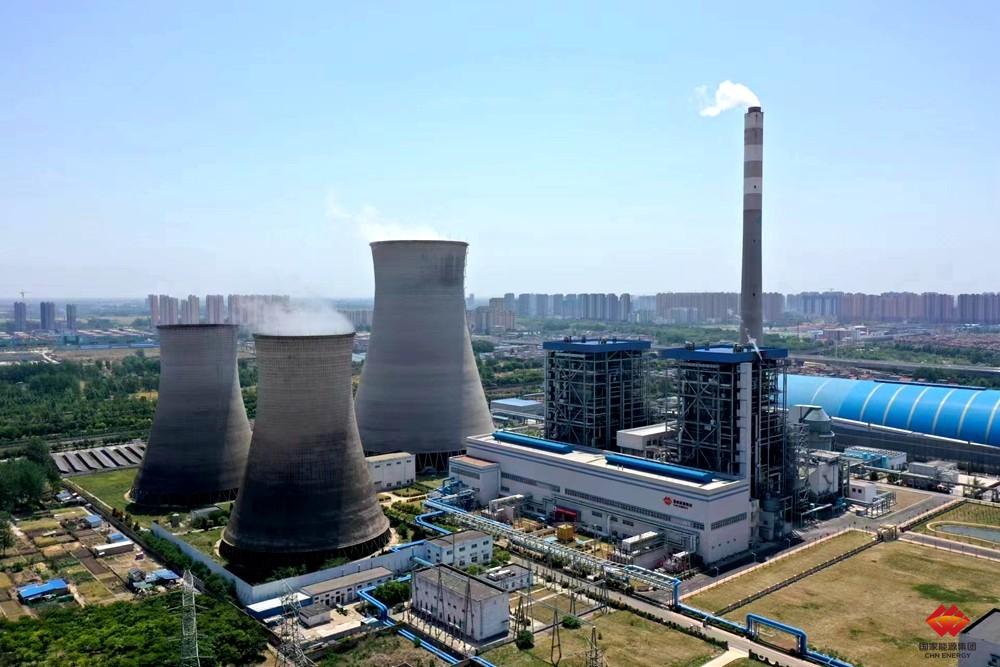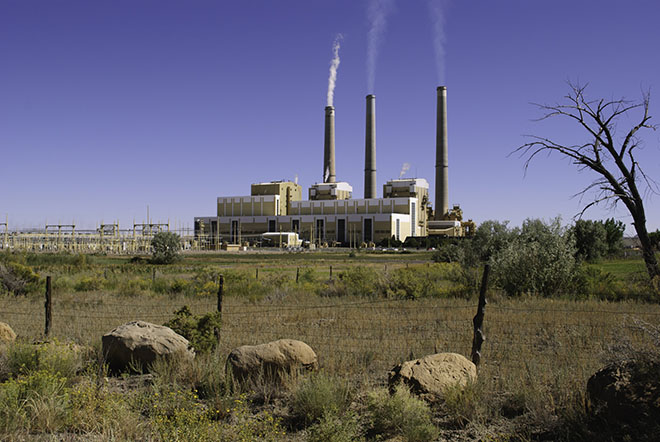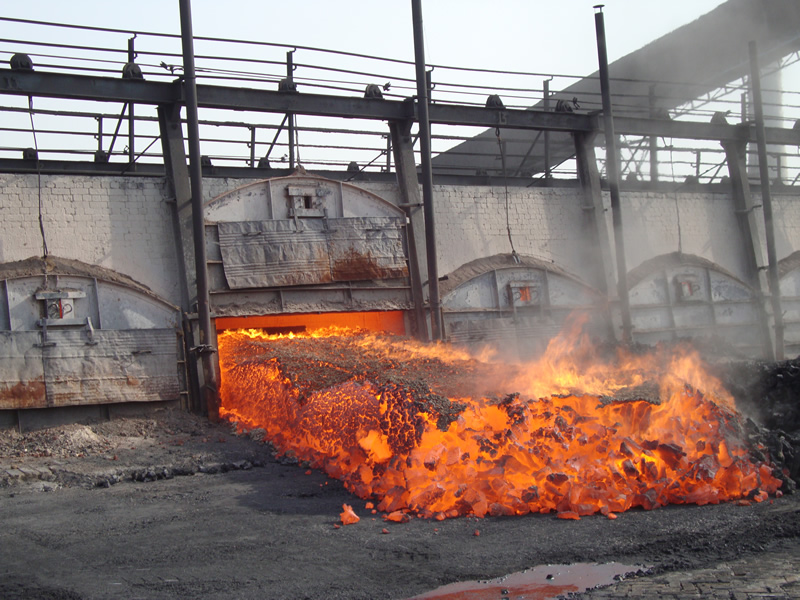Italian coal-fired generation is likely to remain soft over the coming months, barring a stark reversal in coal-to-gas fuel-switching trends. And coal imports this year are likely to fall sharply from 2023 levels ahead of a swath of coal-fired plant retirements and as utilities struggle with oversupply in the spot market. Italy’s coal-fired generation last year collapsed by 42pc, compared with 2022 (see chart), and generation of 440MW in January was the lowest since April last year, grid operator data show.
Average coal-fired generation from August 2023-January 2024 of 740MW is equivalent to 1.2mn t of NAR 5,800 kcal/kg coal burned at a 40pc-efficient plant, Argus calculations show. This is about 2.8mn t less implied coal burn than in October 2022-January 2023. Italy’s coal imports have also fallen, but to a lesser degree than its generation, leaving the market saturated. Receipts over August 2023-January 2024 declined by 2.3mn t on the year to 1.7mn t, shipping data show.
A major Italian utility in recent weeks has been looking to resell contracted cargoes back into the market, indicating oversupply, trading firms said. There is little concern about Italy’s gas supply situation heading into the end of winter. The country’s gas stocks were 61pc full as of 12 February, data from GIE show. This is up from 45pc in February 2022, just before the tumult caused by the Russia-Ukraine war.
The Italian government has announced that, at the advice of system operator Snam, the country will maintain strategic gas stocks at 4.62bn m³ for 2024-25, to ensure sufficient supply in case of a crisis. This reduces the likelihood of a significant shift in coal-to-gas fuel-switching levels. The decline in Italy’s coal-fired generation “is about the order of merit”, a European trading source said. “At the moment, gas is cheaper, and coal is more expensive. It comes down to the cost,” it said.
Fuel switch, maximisation plan end
Day-ahead clean dark spreads for 44pc-efficient coal-fired units were assessed by Argus at an average of €11.59/MWh last month, well below the €54.42/MWh recorded in January last year. Day-ahead clean spark spreads for 55pc-efficient gas-fired plants held an average advantage of €9.20/MWh to clean dark spreads last month, flipping from a €30.61/MWh disadvantage in January last year. Italian gas-fired generation reached 11.8GW last month, up from 11.2GW in the same month last year. And based on forward prices, standard-efficiency coal is behind standard-efficiency gas in the Italian merit order for base and peak-load power generation for the balance of 2024.
Another key factor that cut Italian coal burn in the second half of last year was that emergency measures enacted following Russia’s invasion of Ukraine came to an end. The Italian government authorised measures to operate six key coal-fired plants at a higher capacity until March 2023, later extended to 30 September 2023. The “maximisation” sought by the plan to prioritise coal and oil-fired plants over gas-fired units during periods of peak heating and cooling demand has ended.
Consumption dictated by phase-out
In the longer term, Italy’s coal demand outlook will be dictated by the pace of its phase-out schedule, which is set to ramp up in the next few years. The Italian government’s National Energy Strategy (Sen), adopted at the end of 2017, outlined the country’s commitment to phase out coal by 2025. In June last year, environment minister Gilberto Pichetto Fratin said Italy intended to “abandon coal by 2025 or even earlier” and switch to LNG if gas prices hold low.
Italy has 6GW of installed coal-fired power capacity, with state-run utility Enel operating 4.7GW of this. Last year, the operator said it wanted to shut all of its coal-fired plants by 2027.
The Fusina power station, with an installed capacity of 540MW, in December last year was the latest Enel plant to retire. It will be replaced by a new gas-fired plant in August this year. The 2GW Torrevaldaliga Nord is scheduled to retire by 2025, while the closure of the Sulcis plant in Sardinia has been pushed back to 2027 because of delayed interconnections with mainland Italy.
The 640MW Fiume Santo coal-fired power plant, also in Sardinia and operated by EP Produzione, is set to remain operational until 2027 for the same reason. The Fiume Santo unit has been Italy’s hardest-running coal-fired facility in the past few months, with generation having averaged 240MW from 1 October-31 January.
Diversifying imports
Since August 2022, when imports of seaborne coal from Russia came under sanctions, Italy has diversified its supply and doubled down on imports from South Africa and Indonesia. South African coal receipts rose to 1.9mn t last year, up by 32pc from 2022, while Indonesia emerged as a key player, with imports from the country rising to 830,054t in 2023, the highest in five years.
Italy seaborne coal imports mn t

Italian coal-fired generation GW


